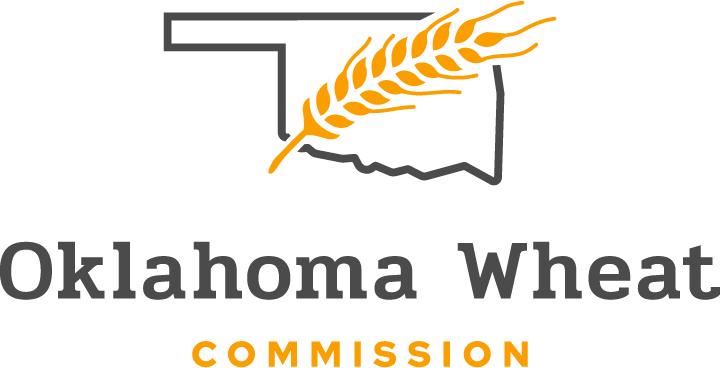
Agricultural News
U.S. Food Insecurity Nearly Unchanged From 2013, but Down From 2011 High
Wed, 09 Sep 2015 15:02:27 CDT

Food security in the United States is at its best levels since before the Recession, but shows little change over last year. That's according to a report released by the U.S. Department of Agriculture Wednesday. USDA reports most Americans are food secure in having consistent, dependable access to enough food for active, healthy living. There is still a minority of American households that experience food insecurity at times during the year when access is limited by lack of money or resources.
"Today's report is a positive signal that reflects a recovering and growing economy," U.S. Agriculture Secretary Tom Vilsack said. "Food security for households with children, and households overall, is the strongest it's been since before the Recession. Two million fewer people live in a state of food insecurity today compared to 2011. This report also reflects the continued importance of anti-poverty and nutrition programs, including SNAP and healthier school meals, which help to keep food insecurity from rising, and efforts to improve employment and training programs that help low-income people obtain the skills they need to find good paying jobs so they can provide enough healthy food for their families."
In 2014, 86.0 percent of U.S. households were food secure throughout the year. The estimated percentage of U.S. households that were food insecure remained essentially unchanged from 2013 to 2014. Food insecurity was down from a high of 14.9 percent in 2011.
The percentage of households with food insecurity in the severe range was unchanged. In 2014, 5.6 percent of U.S. households (6.9 million households) had very low food security. In this more severe range of food insecurity, the food intake of some household members was reduced and normal eating patterns were disrupted at times during the year due to limited resources.
Children were food insecure at times during the year in 9.4 percent of U.S. households with children (3.7 million households), essentially unchanged from 9.9 percent in 2013. These
households were unable at times during the year to provide adequate, nutritious food for their children.
The prevalence of food insecurity varied considerably from state to state. Estimated prevalence of food insecurity in 2012-14 ranged from 8.4 percent in North Dakota to 22.0 percent in Mississippi. Food insecurity was higher than the national average in 14 states, including Oklahoma, Texas, Kansas, Arkansas and Missouri. The food insecurity rate was highest in rural areas, moderate in large cities, and lowest in suburban and exurban areas around large cities.
WebReadyTM Powered by WireReady® NSI
Top Agricultural News
More Headlines...




















